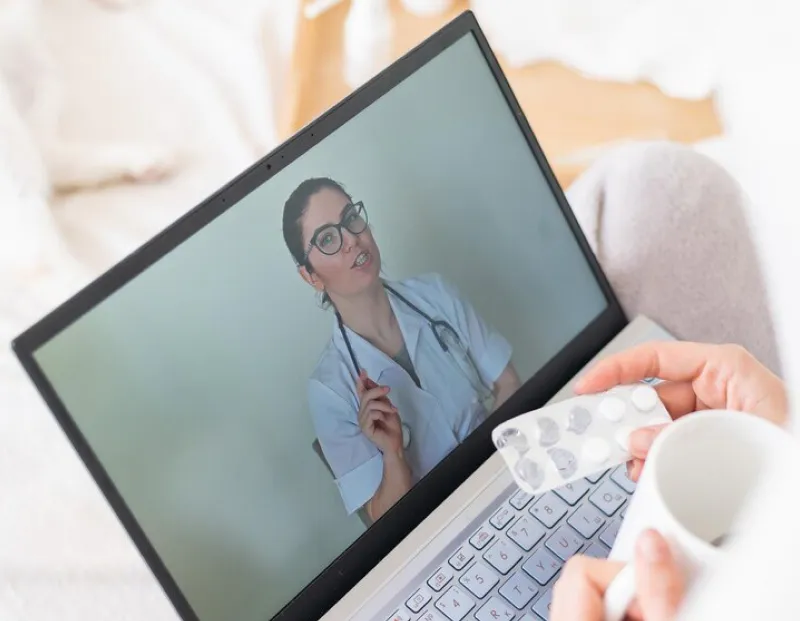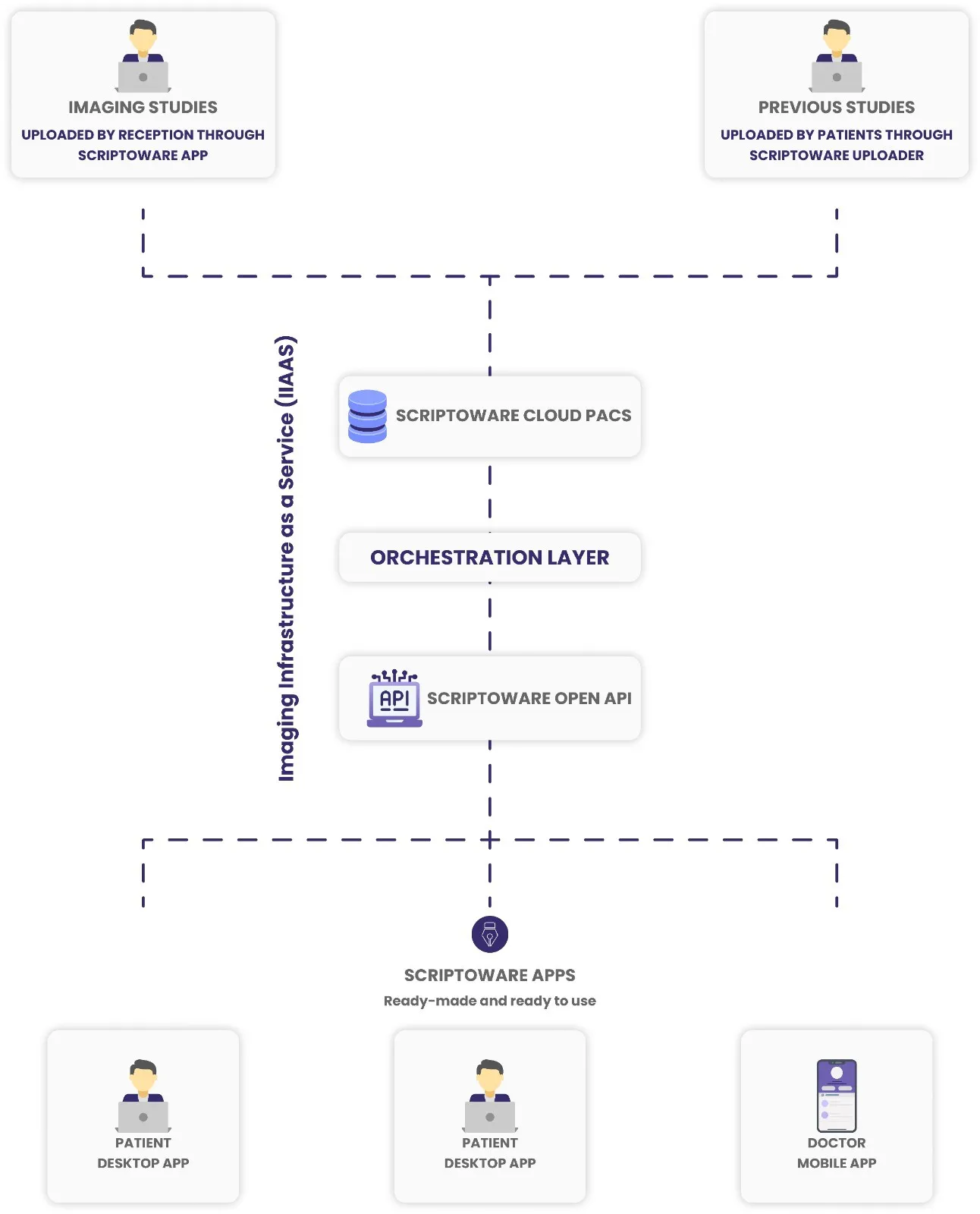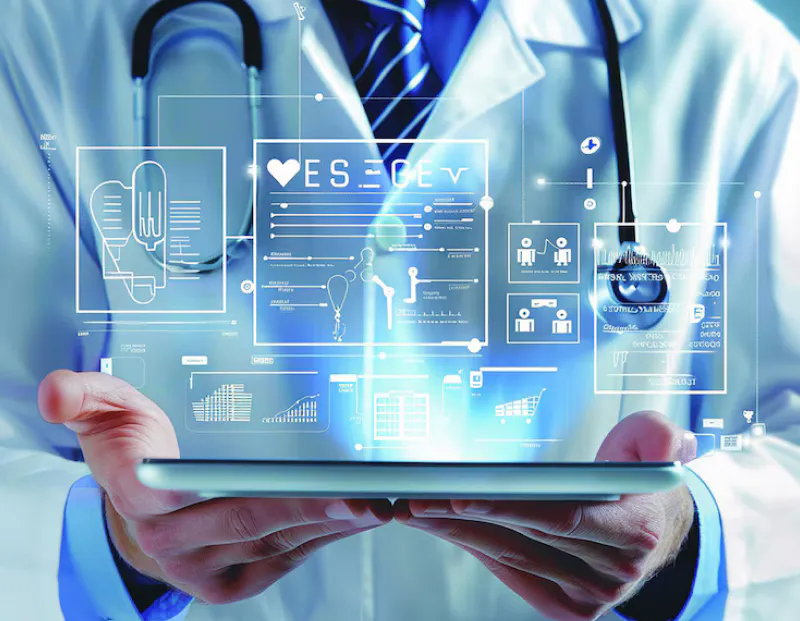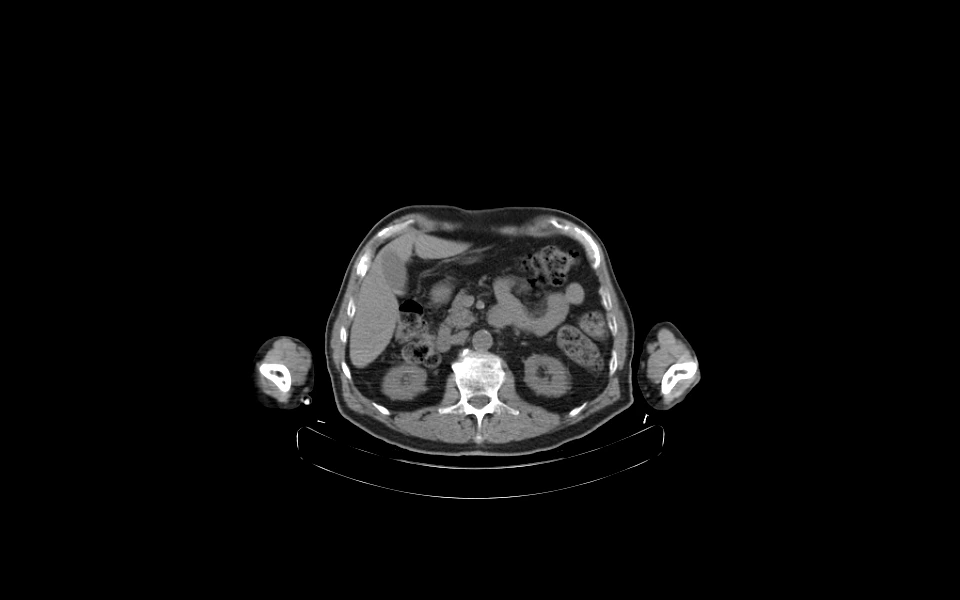
Transforming Virtual Healthcare to Extend Care Beyond Boundaries
Deliver outstanding care wherever and whenever it's needed. Scriptoware empowers healthcare professionals to fully utilize virtual care capabilities, expanding service reach and improving patient satisfaction through both live and delayed consultations and medical image evaluations.

Effortless Integration for Advanced Telehealth Delivery
Scriptoware integrates smoothly with your existing virtual care systems, offering a complete platform for efficient and secure remote healthcare operations.
- Connect & Retrieve:Quickly collect imaging files from patients or imaging facilities using intuitive tools and built in integrations.
- Store & Manage:Safely organize and store patient imaging within a secure, scalable cloud environment that complies with healthcare regulations.
- Access & Visualize:Instantly open and review imaging data using our web based DICOM viewer on any device, and securely share files with patients or colleagues.

Key Features of Our Modern Virtual Healthcare Solutions
Live and On Demand Virtual Visits:
Support both scheduled video consultations and flexible, asynchronous image assessments to accommodate provider and patient preferences.
Integrated Audio Video Tools:
Deliver virtual appointments through reliable audio and video features, creating a seamless and professional experience for users.
Customizable API Access:
Leverage our developer friendly API to build personalized virtual care applications that fit your organization’s unique workflows.
Secure Patient Upload Portal:
Give patients a safe and simple way to share their medical imaging for remote evaluations directly through the platform.
Built In Payment Options:
Streamline your payment and billing operations with our integrated and secure financial processing tools.
Benefits of Using Scriptoware Virtual Healthcare PACS Software Solution

Enhanced Operational Efficiency
Streamlines digital workflows by cutting down on paperwork and manual effort. Improves staff coordination and system performance for better service delivery.
Better Collaboration
Enables secure communication and smooth data sharing. Keeps healthcare providers and patients aligned for faster and more effective care.
Greater Care Accessibility
Delivers consistent care to patients in remote or underserved areas. Ensures medical support is available regardless of travel limitations or location.
Reduced Costs
Reduces the need for in-person visits and travel. Increases patient involvement in care, leading to improved health outcomes and reduced operational costs.
Faster Response and Clinical Decision Making
Provides instant access to patient imaging and reports during virtual consultations. Helps clinicians make timely, informed decisions that improve care quality and reduce delays.
How Does Scriptoware Support Virtual Healthcare and Telehealth?
Instead of in person visits, patients can upload their medical images straight to Scriptoware’s secure platform. This allows doctors and specialists to examine those images remotely at their convenience, cutting down wait times and travel.
Thanks to features that don’t require everyone to be online at once, patients and healthcare providers can communicate asynchronously. This flexible setup means doctors can review scans, send notes, and respond when ready, making virtual care smoother and more efficient.

Upload & Retrieve
Using the intuitive Scriptoware Uploader, patients can submit their imaging files along with related medical documents with ease.
Imaging data can also be uploaded directly through the Scriptoware Portal.
Additionally, existing imaging systems can be connected to automatically fetch studies without manual input.
Manage & Store
All patient medical records, including imaging files, are securely stored in the cloud.
Doctors and healthcare providers have secure, remote access to this data via the Doctor Portal or through our iOS and Android mobile applications.
Our Scriptoware APIs allow the integration of sophisticated telemedicine workflows to enhance healthcare delivery.
Visualize & Diagnose
Telemedicine is simplified and made more efficient via our Doctor Portal and mobile apps. Physicians can review and diagnose patients’ conditions utilizing the built in Medical Imaging Uploader and DICOM Viewer.
Virtual consultations are supported through audio and video tools integrated with Zoom, enabling real time communication. The platform also supports follow up care and patient monitoring for continuous health management.
Experience our DICOM viewer firsthand!
Interact with your DICOM files easily from any device, online or on mobile. All your imaging data is securely kept in your Scriptoware cloud PACS workspace, ready whenever you need it.

Custom Virtual Healthcare Services for Different Specialties
Neurology
Neurologists can conduct virtual check ins, track patient imaging across multiple visits, and handle complex cases without needing face to face appointments. This technology streamlines ongoing neurological care and helps patients get timely support.
Oncology
Cancer specialists benefit from easy access to imaging and patient records all in one place. This seamless sharing encourages better teamwork among oncologists, resulting in smarter treatment plans and faster decision making.
Orthopedics
Orthopedic care moves online with virtual assessments that save patients long trips to clinics.
From initial exams to rehab and follow ups, the platform supports every stage of recovery, improving patient comfort and engagement.
Cardiology
Cardiologists can pull up heart scans, consult with other experts, and adjust treatment plans without delay. Scriptoware’s tools make it easier to provide high quality cardiac care efficiently, reducing resource strain while helping patients heal faster.
Frequently Asked Questions
In dermatology, asynchronous care often means patients take photos of their skin issues and complete a thorough symptom questionnaire. These files are securely uploaded to a virtual platform. A dermatologist then reviews the submitted information at a convenient time, makes a diagnosis, and replies to patient inquiries without the need for a live appointment. This method is particularly effective for conditions that can be evaluated visually and provides flexibility for both patients and doctors. Various virtual healthcare approaches such as synchronous visits, asynchronous care, and remote patient monitoring improve service accessibility, enable ongoing patient tracking, and enhance overall healthcare efficiency.
Yes, both virtual healthcare and virtual health can function without real time interaction, known as "store and forward" care. Instead of live communication, medical data including images, videos, or records are collected and forwarded to healthcare providers for later assessment. The provider reviews the materials and then sends back diagnoses, treatment plans, or prescriptions. This approach works well in specialties like dermatology, radiology, and pathology, where immediate patient provider contact is not always necessary. Asynchronous care also offers greater scheduling flexibility and is particularly valuable in areas with limited healthcare availability.
Synchronous virtual health involves live, interactive communication between patients and providers, much like in person visits, allowing for immediate dialogue and feedback. Asynchronous virtual health, often referred to as async care, involves patients submitting medical information such as images or clinical reports, which providers evaluate later and respond to accordingly. This approach suits cases that require detailed review without urgent response. While synchronous care is preferred for urgent or real time consultations, asynchronous care fits scenarios where thorough examination is needed over time. Both forms increase access to healthcare, especially in underserved or remote locations.
Virtual healthcare is generally divided into three categories, each with specific benefits:
Synchronous Virtual Care:
This involves real time, two way communication between patients and healthcare professionals through video calls, phone conversations, or chat platforms. It is ideal for immediate consultations, follow ups, mental health counseling, and cases requiring prompt decisions.
Asynchronous Virtual Care
This model collects patient data such as photos, biosignals, and other relevant information and sends it to the provider for later review. Patients and providers do not need to interact at the same time. It is commonly used in dermatology, radiology, and pathology for detailed evaluation.
Remote Patient Monitoring (RPM)
RPM involves the use of medical devices that collect patients’ vital signs and health data remotely. Healthcare providers can monitor conditions like chronic diseases or recovery from surgery without frequent in person visits. This continuous monitoring is especially beneficial for elderly patients and those requiring ongoing care.
Future proof your medical imaging management and workflows
Effortlessly access, view, store, and share medical imaging data with a robust, multi location cloud PACS system, zero footprint DICOM viewers, AI capabilities, and top tier sharing features.

